Videos
In this abbreviated edit of the Polaris Project: Science in Siberia video, Polaris faculty describe the motivation and goals of the Polaris Project. Produced by Chris Linder.
Videos produced by Polaris Outreach coordinator Chris Linder
|
In the summer of 2014, nine Polaris Project undergraduates traveled to Siberia’s Kolyma watershed to conduct their own arctic environmental research. The experience changed the way they think about science. Produced by Chris Linder.
|
|
Sergey Zimov is the founder and director of the Northeast Science Station, a small research base located north of the Arctic Circle in Siberia. Since 1975, he has devoted himself to understanding the Kolyma watershed–an expanse of boreal forest and tundra that was not glaciated during the last ice age. In addition to the scientific advances made by the staff at the Northeast Science Station, they also mentor future scientists, including the undergraduates of the Polaris Project. Produced by Chris Linder.
|
|
In 2009, eleven undergraduates traveled more than halfway around the world to conduct cutting-edge investigations that advance scientific understanding of the changing Arctic. Four of the students returned in 2010 to continue their research and to mentor the new students. The two months they spent in Siberia changed their lives. Produced by Chris Linder.
|
|
The core of the Polaris Project is a field course studying arctic system science at the Northeast Science Station in Cherskiy, Siberia (north of the Arctic Circle on the Kolyma River). It is one of the most remote and beautiful places on the planet. But it is also potentially one of the most important. As our planet’s climate warms, carbon that has been frozen away in the permafrost is now being thawed and released into the rivers, lakes, and atmosphere. Siberia’s “carbon bomb” can have far-reaching impacts on our entire planet and way of life. This multimedia piece documents the students, the research, and this unique and fragile environment. Produced by Chris Linder.
|
|
Nicholai Torgovkin and Joanne Heslop describe their study of permafrost at several sites along the Kolyma river. In particular they are interested in quantifying how much carbon is in these frozen soils and how mobile that carbon might be. Produced by Chris Linder.
|
|
Kirill Tretyakov and Claire Griffin describe their work on thermokarst and floodplain lakes and describe their field and lab work to answer questions about lake chemistry ranging from individual lakes up to the landscape. Produced by Chris Linder.
|
|
Erin Seybold and Travis Drake describe their study of streams in the arctic that sheds light on how carbon is transformed between the uplands and the Arctic Ocean. Produced by Chris Linder.
|
|
Kayla Henson and Max Janicek describe their study of benthic macroinvertebrates in several lakes. Little is known about this ecological community and they hope to link patterns in biological diversity to differences in lake chemistry. Produced by Chris Linder.
|
|
Blaize Denfeld describes her work characterizing the chemistry of several different streams and rivers including the main stem of the Kolyma. Produced by Chris Linder.
|
Videos produced by Polaris students
|
Polaris 2013 Core students lived on a barge, studied arctic system science under professionals, assisted in aquatic and terrestrial surveys, and still found time to conduct their own scientific investigations. Discover life with the Polaris Project in this video. Produced by Peter Han.
|
|
Students from the 2011 field course describe their various projects and the theme that ties them all together: carbon. The Polaris scientists investigate small pieces of the landscape, from wooded hillsides to tiny trickling streams to the vast expanses of the Kolyma River, seeking to better understand how carbon is transported and transformed through Arctic ecosystems. Produced by Becky Tachiharawith guidance from Chris Linder.
|
|
Moira Hough describes how carbon moves in wetlands at sites along the Kolyma. The slow decomposition rates and large amounts of soil carbon make wetlands an important piece of the carbon puzzle. Produced by Brian Kantor with guidance from Chris Linder.
|
Videos produced by News Media
|
Andy Revkin of the New York Times featured the trip to Duvannyi Yar at DotEarth. Images in the story were taken by Chris Linder and it was produced by Thomas Lin of the Times.
|

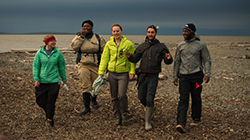 2014 Polaris Expedition
2014 Polaris Expedition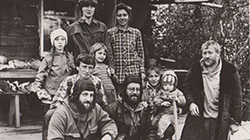 Northeast Science Station
Northeast Science Station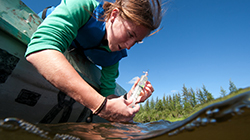 Student Impact (2010)
Student Impact (2010)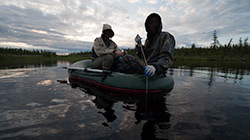 The Polaris Project: Science in Siberia (full 10:40 edit)
The Polaris Project: Science in Siberia (full 10:40 edit)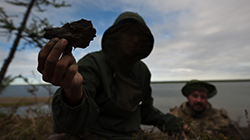 2009 Student Project: Permafrost
2009 Student Project: Permafrost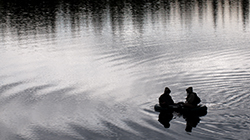 2009 Student Project: Lakes
2009 Student Project: Lakes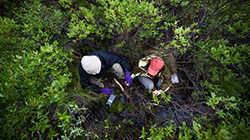 2009 Student Project: Streams
2009 Student Project: Streams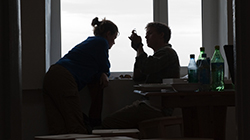 2009 Student Project: Bugs
2009 Student Project: Bugs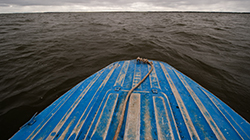 2009 Student Project: River Survey
2009 Student Project: River Survey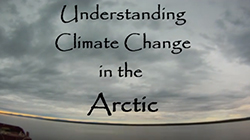 Polaris 2013
Polaris 2013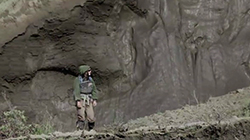 A Carbon Story
A Carbon Story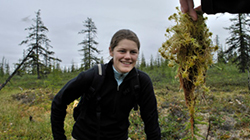 Wetlands
Wetlands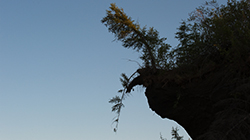 Duvannyi Yar
Duvannyi Yar